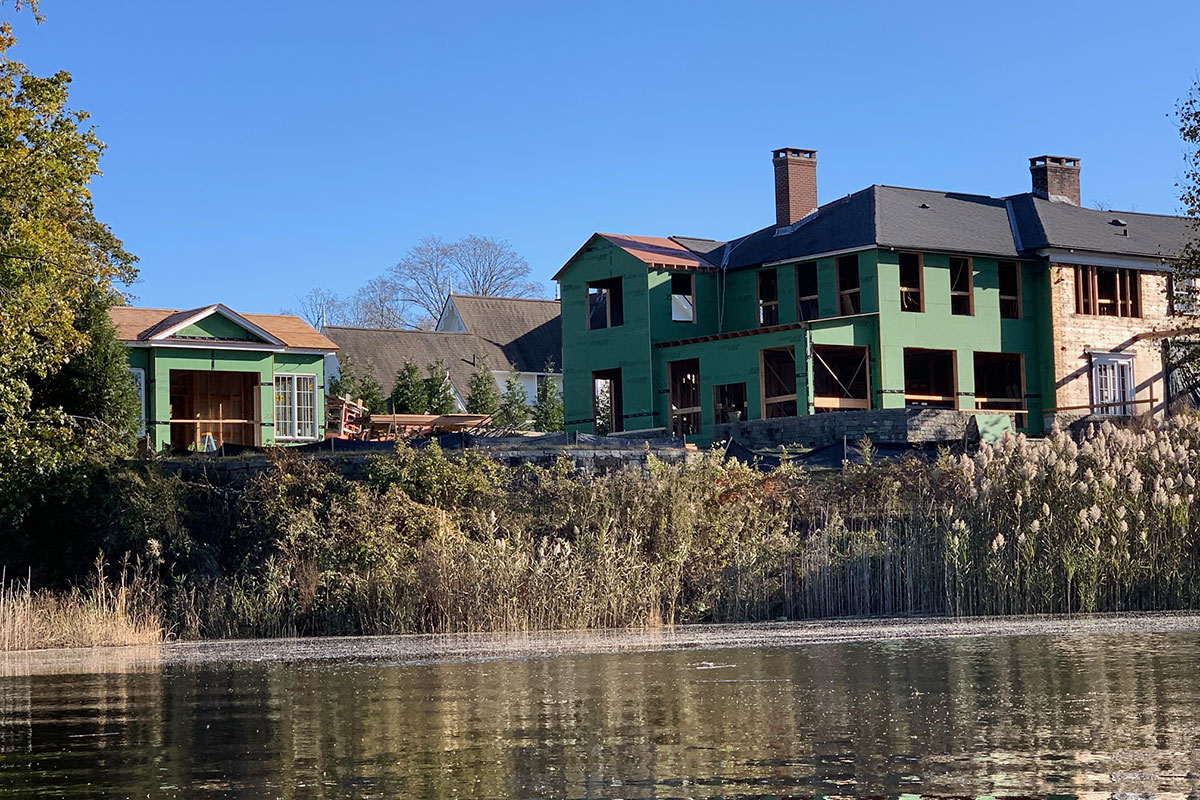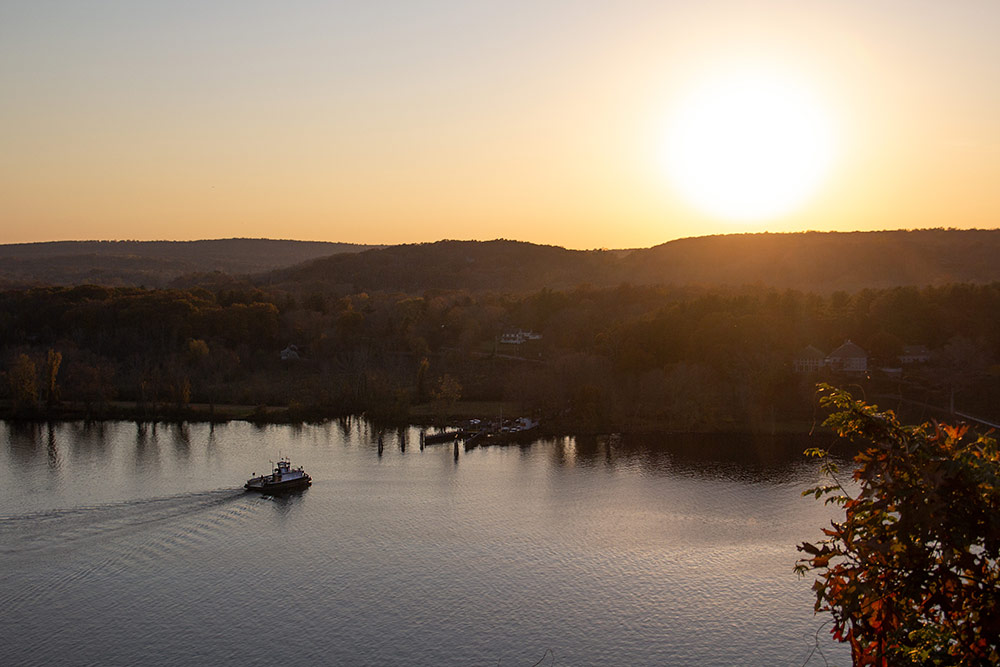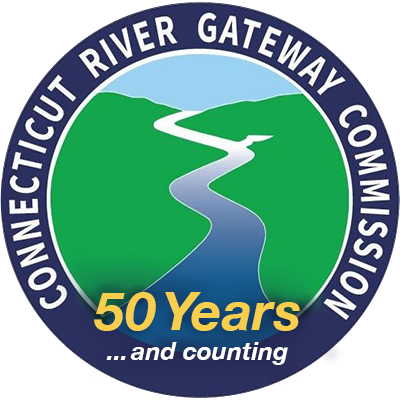Key Regulatory Standards
Land Coverage and Setback
In order to manage the visual impact of the larger structures, the Connecticut River Gateway Commission has established minimum zoning standards to protect the natural and traditional riverway scene.
The amount of land used for construction or placement of buildings — lot coverage — and the distance from the water such buildings are located – setback — are among those standards.
Regulations specify that buildings may not exceed a maximum total land coverage on the various sized lots or parcels of land that are outlined below. A building lot of 40,000 square feet is about 0.92 acres.

| Type of District | Range of Minimum Lot Sizes | Maximum Percentage of Land Coverage Permitted |
| Residential | Up to 20,000 sq. ft. | 25% |
| 20,000-40,000 sq. ft. | 15% | |
| Above 40,000 sq. ft. | 10% | |
| Commercial (including waterfront) | All sizes | 40% |
| Industrial | All sizes | 25% |
Since 1974, the Gateway Commission has required that buildings or structures, except for marine facilities, be set back a minimum distance from the River. The Commission found that a setback allows new construction while preventing damaging erosion, increasing unacceptable impervious surface, negative impacts to the natural buffer between development and the river, and preserving the riverway scene.
A 2021 regulation amendment states that buildings or structures may not be constructed, expanded or placed within 100 feet of the “coastal jurisdiction line” of the Connecticut River, as defined by State law.
Per its judgement, a town planning and zoning commission may issue a special permit to reduce the setback requirement for structures that need water access such as piers, docks, and boathouses.
This page is intended only as a general summary. Please refer to the Commission’s standards for complete regulatory language.

Connecticut River Ferries Are Older Than America
Ferries have long been a means to cross rivers. The Chester-Hadlyme Ferry, which began service in 1769, was actually used to transport supplies during the Revolutionary War.
Today the Selden III, operated by the Connecticut Department of Transportation, runs between the two towns providing a scenic, relaxing crossing for cars, bicyclists and pedestrians. Enjoy superb views on board of Gillette’s Castle on board the ferry, especially heading east.
